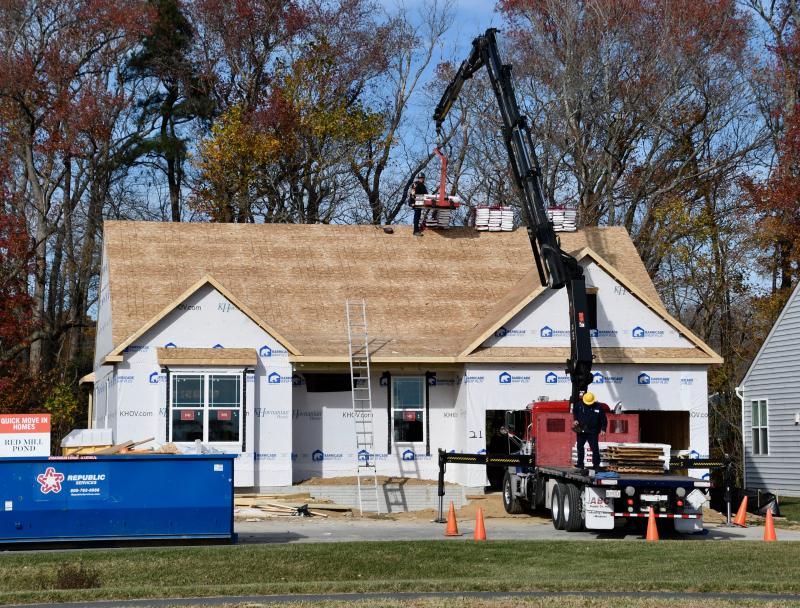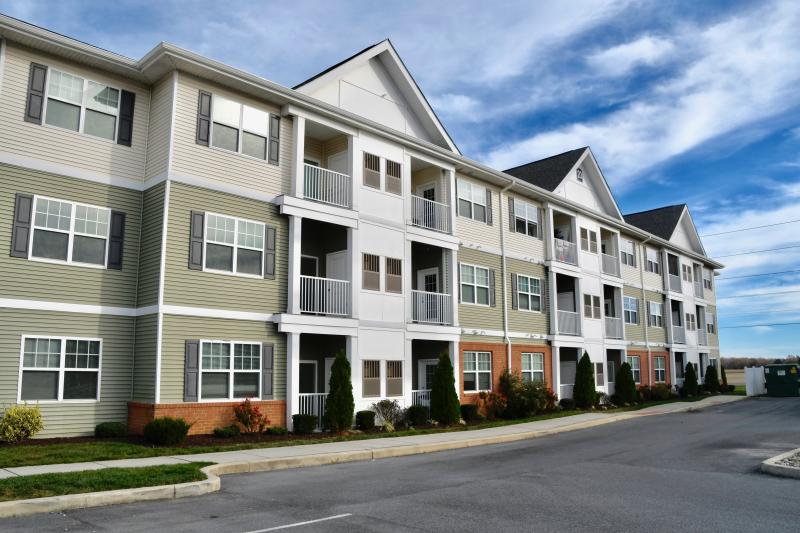Sussex dominates state's housing market
The Office of State Planning Coordination report for 2022 has some eye-opening statistics regarding housing development in Sussex County.
Consider the following: 65% of all building permits in the state were issued in the county. While the other two counties experienced a decrease in the number of potential housing units, Sussex had a 101% increase.
Rapid development in Sussex County accounted for 78% of all residential development.
Nearly 25% of the county's subdivisions were built in Level 4 areas, which the Office of State Planning Coordination considers natural and farming areas where state-funded infrastructure is not planned. Level 4 development is 14% in Kent and 5% in New Castle. In Sussex, 56% of development is in Levels 1 and 2 and 20% in Level 3.
According to the report, the growth pattern continues because most of the county’s rural land is zoned AR-1, agricultural-residential, which allows two dwelling units per acre, commonly referred to as by-right development.
“Two units per acre is a density that should not be considered rural and is therefore misleading. Also, there are not enough incentives to direct Sussex County developers to Levels 1 and 2 areas that are better prepared to manage this new development,” according to the report. “The state is responsible for constructing infrastructure and providing public services; therefore, there is a long-term cost burden for developing in Level 4. Also, the loss of natural land is counterproductive to the state’s quality-of-life and environmental protection goals.”
According to the report, residential building permit numbers demonstrate that Delaware is building a substantial amount of houses each year, but the majority are single-family homes. Multifamily homes are generally more affordable for homebuyers and renters due to clustered development patterns and smaller unit sizes. The amount of multifamily units permitted over the last five years is a surprising number, which suggests there should be more affordable options on the market.
The lack of workforce housing is the key factor in home affordability. With the state median household income at $73,000 and the median cost for a new home at $380,000, it will take a minimum household income of $114,000 needed to purchase a home and meet the threshold of no more than 30% of income spent on housing.
The number of potential residential units in the county was 3,822 in 2021 and jumped dramatically to 7,676 in 2022. The report noted it shows the highest level of development speculation in the residential market since 2008.
The bulk of non-residential growth in the state is warehousing, distribution and logistics. The largest approved project in Sussex in 2022 was a 129,000-square-foot self-storage facility in Roxana.
The report highlighted how much state money is invested in critical services, including funding 90% of all road work and maintenance, $681 million; 100% of Delaware State Police, $142 million; 30% of paramedics, $14 million; 60-80% of public school construction, $390 million; and 60% of public school's operations, $1.8 billion.
Other highlights in the report:
The seven transportation improvement districts, including the Henlopen in Sussex, have collected $14 million to be used for road projects.
The report concludes that the demand for public transportation services is greater than the services offered. Trip origination: 57% in New Castle; 24% in Sussex; and 19% in Kent.
“It takes transit commuters about twice as long to get to work as compared to the state's overall workforce who drive to work,” according to the report.
See the report at https://stateplanning.delaware.gov/publications/documents/2023-annual-report.pdf.



















































